Bill's Pre-Comment: Source courtesy of the Drudge Report.
-------------------------------------------------------------------
U.S. Divorce Rate Lowest Since 1970
May 10 02:43 PM US/Eastern
By DAVID CRARY
AP National Writer
NEW YORK (AP) - By the numbers, divorce just isn't what it used to be.
Despite the common notion that America remains plagued by a divorce epidemic, the national per capita divorce rate has declined steadily since its peak in 1981 and is now at its lowest level since 1970.
Yet Americans aren't necessarily making better choices about their long-term relationships. Even those who study marriage and work to make it more successful can't decide whether the trend is grounds for celebration or cynicism.
Some experts say relationships are as unstable as ever—and divorces are down primarily because more couples live together without marrying. Other researchers have documented what they call "the divorce divide," contending that divorce rates are indeed falling substantively among college-educated couples but not among less- affluent, less-educated couples.
"Families with two earners with good jobs have seen an improvement in their standard of living, which leads to less tension at home and lower probability of divorce," said Andrew Cherlin, a professor of public policy at Johns Hopkins University.
America's divorce rate began climbing in the late 1960s and skyrocketed during the '70s and early '80s, as virtually every state adopted no-fault divorce laws. The rate peaked at 5.3 divorces per 1,000 people in 1981.
But since then it's dropped by one-third, to 3.6. That's the lowest rate since 1970.
What's fueling that decline? According to 20 scholars, marriage- promotion experts and divorce lawyers consulted by The Associated Press, a combination of things.
The number of couples who live together without marrying has increased tenfold since 1960; the marriage rate has dropped by nearly 30 percent in past 25 years; and Americans are waiting about five years longer to marry than they did in 1970.
Adding such factors together, Patrick Fagan of the conservative Heritage Foundation sees a bad situation.
"Cohabitation is very fragile, and when unmarried parents split, for the child it might as well be a divorce," Fagan said. "Among those who are marrying there's increased stability, but overall the children of the nation are getting a rawer and rawer deal from their parents."
Other experts, however, are heartened by what they view as the increased determination of many couples to make marriage work. Among them is Bill Chausee of Child and Family Services of New Hampshire, which offers marriage-strengthening programs in a state where divorces dropped more than 25 percent between 2000 and 2005.
"People don't see marriage problems as some sort of stigma any more," said Chausee. "They're really interested in learning how to stay married; a lot of them are realizing they need more skill."
Some states have made concerted efforts to combat divorce with publicly funded marriage education campaigns, although their effectiveness remains in question. In Oklahoma, 100,000 people have attended workshops since a marriage initiative began in 2001, but the latest divorce figures showed no drop, and the campaign's backers no long stress their original goal of cutting divorce by one-third by 2010.
Wayne and Carol Sutton are among the couples who've gone to Oklahoma's marriage workshops; they attended a half-dozen sessions earlier this year in their hometown of Tulsa.
"This was a way to gain some insight," said Wayne Sutton, a longtime petroleum engineer whose wife also works in the energy industry. "They tell you to regenerate the closeness you had when you got married."
Sutton, 51, and his wife, 46, married in 1995 and have a 9-year-old son.
"We're like any marriage," he said. "We've had rocky periods and Cloud Nine periods. ... We decided a long time ago were not going to desert each other; we were going to stay together no matter what."
The Bush administration believes such programs have merit—its Healthy Marriage initiative has disbursed more than $200 million nationwide in the past five years. Bill Coffin, the Department of Health and Human Services' special assistant for marriage education, is convinced the programs are a factor in the declining divorce rate.
"The word is getting out that marriage doesn't have to be a crap shoot—it's not the luck of the draw," Coffin said. "It's how you deal with the inevitable conflict and anger in marriage."
He subscribes to the theory that better-educated, wealthier couples have better odds of success in marriage.
"What we're doing is making sure the poor have access to some help and support," Coffin said.
"So many people never heard of marriage education before."
One of the researchers whose studies detected the "divorce divide" is University of Maryland sociologist Steve Martin. Comparing marriages from early 1970s to those of the early '90s, Martin found that the rate of breakups within 10 years of marriage dropped by one-third among college-educated women while remaining stable among less- educated women.
"Overall, marriages will become more stable only if the lower two- thirds of the population starts behaving like the top third," Martin said. "There's a lot of debate—is that possible? Can marriage training or other programs give all couples the sort of relationship skills that people imagine college graduates have?"
Stephanie Coontz, who teaches history and family studies at Evergreen State College in Olympia, Wash., says divorces are dropping in the college-educated sector because many spouses "are learning how to negotiate marriages based on less rigid gender roles than in the past."
"College-educated wives are more likely to work than less-educated wives, and a recent study found that unlike the past, a wife's work now tends to stabilize marriage," she said.
Glenn Stanton, a family policy expert with the conservative ministry Focus on the Family, suggested one factor behind the declining divorce rate was simply a societal revulsion toward the high rates of recent decades.
"In the past 30 years, we've had more divorce than any culture has ever had," he said. "A lot of young adults now are coming out of the family upheaval of the '70s, and they are cohabiting out of fear. They don't want to mess up the nice clean carpet of marriage—they saw their parents do that."
Amber Settle and her partner, Andre Berthiaume, are among the couples who have opted not to marry, even as they celebrate 10 years of living together and raise a 3-year-old daughter in Chicago. Each teaches computer science at DePaul University, each is 39, each has parents who divorced.
"We decided a long time ago that marriage wasn't for us," Settle said. "We have a number of friends who got married, and we've supported them. But it's not something we want to do."
Among their reasons, she said, was their belief it would be unfair to get married until same-sex couples across the country had the same opportunity.
Observing her married friends, Settle sees some wonderful relationships and some on the rocks. Married or cohabiting, she said, "you have to work hard at a relationship to make it work."
The per capita divorce rate is different from another method of calculation—the percentage of marriages that will eventually end in divorce or separation. Many experts discount the popular notion that one of two U.S. marriages end in divorce, and suggest the breakup rate, which is hard to calculate, has stabilized in recent years at between 40 percent and 45 percent.
Gaetano Ferro of New Canaan, Conn., president of the American Academy of Matrimonial Lawyers, says overall national trends haven't had a noticeable effect on his fellow divorce lawyers.
"I've been active in the academy two decades plus," Ferro said. "I've never heard anyone say, 'We're in trouble. There are fewer divorces.'"
But North Carolina divorce lawyer Lee Rosen, while reporting that business for his large firm is booming, says he has noticed a trend toward increased realism and civility among couples with marital strains. Many seek mediation as they split, and arrange for joint legal custody of their children.
"People are coexisting more peacefully, whether they stay together or come apart," Rosen said.
"They are more contemplative and serious about their relationships, and I see people stay together who once would have allowed the marriage to unravel."
Copyright 2007 The Associated Press. All rights reserved.
Thursday, May 10, 2007
U.S. Divorce Rate Lowest Since 1970
Posted by William N. Phillips, Jr. at 5/10/2007 07:06:00 PM
Labels: divorce
Subscribe to:
Post Comments (Atom)



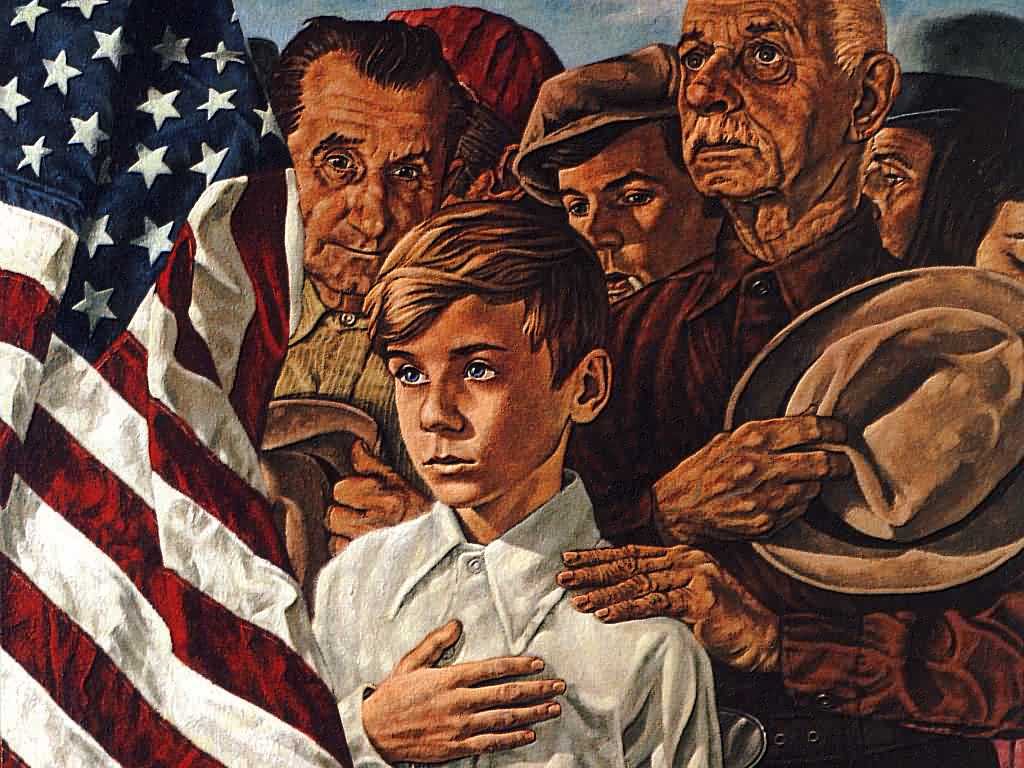

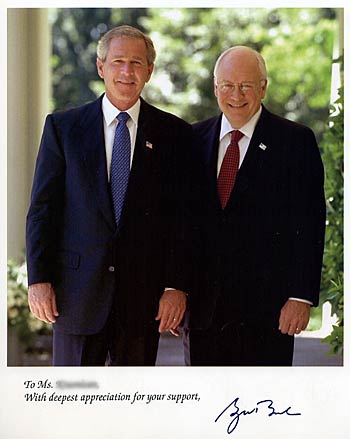
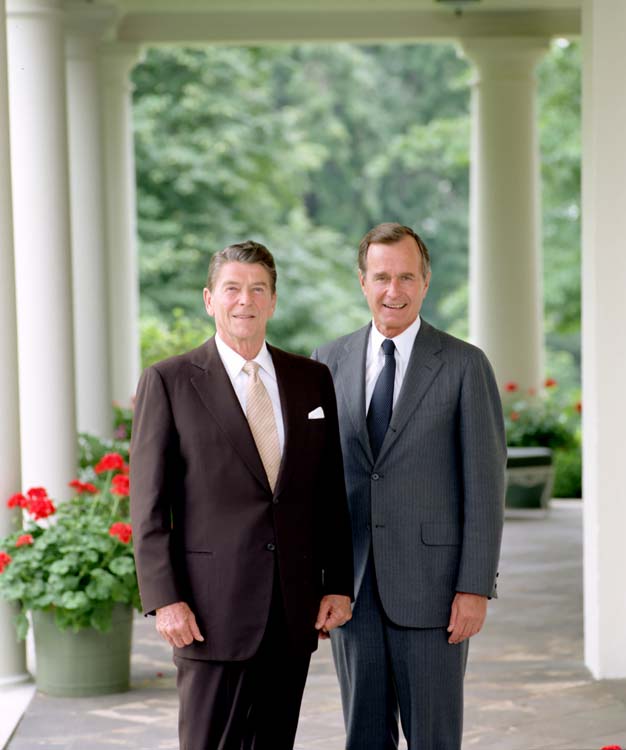



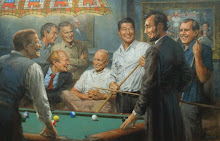













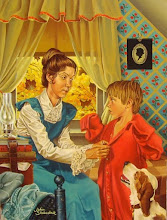







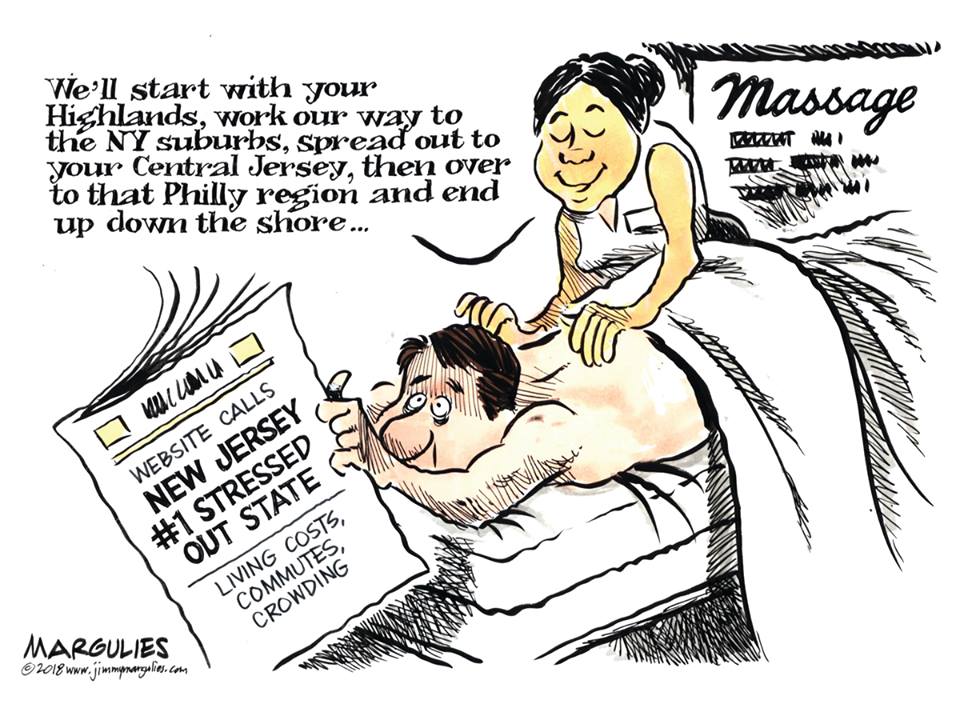
No comments:
Post a Comment